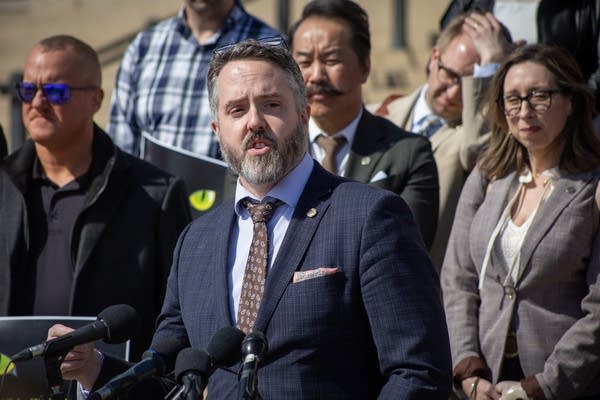Minnesota’s Return-to-Office Policy: What State Employees Need to Know
Minnesota is once again making headlines as the state updates its return-to-office policy for government workers. As the pandemic-era remote work era winds down, thousands of state employees need to prepare for new office attendance expectations. This article highlights the key changes, the reasons behind them, and what both employees and local businesses can expect moving forward.

Understanding Minnesota’s Updated Return-to-Work Policy
Recently, Governor Tim Walz announced that most Minnesota state employees will be expected to return to the office for at least half their working hours starting June 1. The major update affects the exemption radius: employees living over 50 miles (previously 75 miles) from their main work location can request additional flexibility for remote work.
This revision comes after feedback from staff and labor unions. According to a FOX 9 report, the policy aims to balance business needs with employee circumstances, especially for those with long commutes. Leaders say the change is about enhancing collaboration, strengthening organizational culture, and reviving the vibrancy of downtown areas.
Why Is Minnesota Making This Change Now?
Before the pandemic, on-site work was the norm for Minnesota’s public sector. Remote and flexible work became prevalent in recent years, but the state is now following a trend seen in both public and private sectors: returning more employees to shared workspaces. Officials believe that in-person collaboration speeds up decision-making and supports stronger teams. As stated in a feature by KARE 11, city business owners in St. Paul are welcoming the policy. They expect it will boost local businesses by increasing office worker foot traffic.
Reactions from Employees and Unions
Not everyone agrees with the decision. Representatives from labor unions like MAPE and AFSCME, who advocate for nearly 40,000 Minnesota state workers, have expressed concerns. Many employees worry about the short notice, the availability of childcare, and whether office spaces can support the returning workforce.
Megan Dayton, MAPE’s president, described the updated policy as a cosmetic change. She argues it does not solve deeper issues such as operational needs and workforce stability. In an MPR News article, Dayton stressed that some employees were hired with the promise of being able to work from home. Labor leaders are urging state officials to consider operational logic over geography.
What Should Minnesota Employees Expect Next?
The state’s Department of Minnesota Management and Budget has offered some flexibility for agencies with space constraints, allowing extensions until early September. Additional exceptions—such as roles requiring specialized skills—can be reviewed on a case-by-case basis. Employees with lingering questions are encouraged to review the telework policy details and FAQ resources linked in recent official memos.
Conclusion: Navigating Change in the Minnesota Workplace
Minnesota’s return-to-office policy is a significant shift from recent years of remote work. Both supporters and critics agree it will bring challenges but also new opportunities for collaboration and local economic growth. State employees, managers, and business owners alike will need to work together for a smooth transition as the state continues to evolve its workplace policies.
Stay updated by reviewing official announcements and resources or reading the latest news on Minnesota workplace changes from reputable sources such as FOX 9, KARE 11, and MPR News.